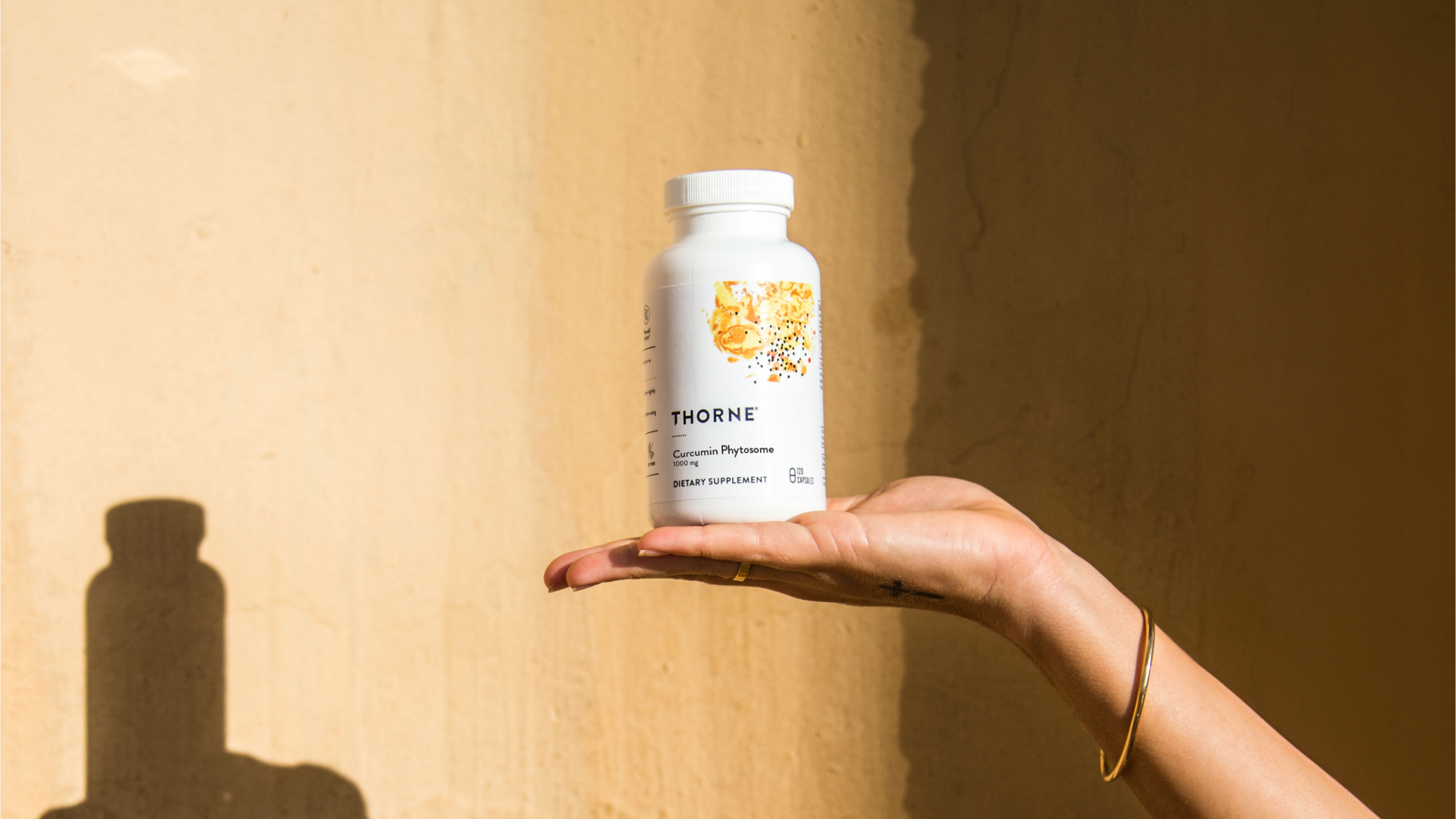Winter Blues or Depression?

FxMed Tech Support
All people, at some point, experience one or more of the symptoms of depression. It is normal for our moods to cycle moderately while we balance demands at work and at home, while coping with short- or long-term illness or when dealing with loss of a loved one. Mood fluctuations are more pronounced during the winter. Typically in the warmer months, we spend more time outside breathing in fresh air, getting more sunshine and physical activity. We often socialize more rather than hunkering down until the colder weather passes. We are also more likely to eat healthier as we crave fewer “comfort” foods. As a result, we may sleep better. All of these factors may be protective, to some extent, from depression and even the so-called blues.
Seasonal Affective Disorder (SAD) is a condition marked by the onset of depression during autumn and early winter, when less natural sunlight is available. It’s thought to occur when daily body rhythms become out of-sync because of the reduced sunlight. Production of serotonin, key in influencing our mood, is turned on in the morning upon exposure to light. During the winter when there is less sunlight, serotonin levels can drop, making us feel tired and prone to SAD. Many people toss around the words “depression” or “depressed” to describe their moods in the moment. So how do we know if we are experiencing a normal mood fluctuation that is typical for the winter months or a major depressive episode?

How common is Depression in New Zealand?
- 1 in 7 will experience depression before they are 24 years old.
- 1 in 8 men will experience depression.
- 1 in 5 women will experience depression.
- 1 in 5 people with depression or anxiety will experience both at the same time.
Depression
Depression is characterized by feelings of helplessness, hopelessness, inadequacy and sadness. It may come on as a relatively sudden and severe problem, or it may consist of a longer term set of symptoms which are less severe. A clinical diagnosis of depression must be accompanied by a range of other symptoms including:
- Loss of interest in pleasurable activities
- Significant dietary changes
- Sleep disturbance
- Psychomotor changes
- Reduced energy or tiredness
- Sense of worthlessness
- Impaired ability to concentrate and make decisions (American Psychiatric Association, 2000).
Major depressive disorders (MDDs) are the third highest contributor to the global burden of disease and MDD is recognizably the most publicly discussed mental health condition. (The NZ Mental Health Survey. Ministry of Health, 2006).
7 MODELS OF DEPRESSION
METHYLATION MODEL
The methylation cycle is essential for physical as well as mental health. Normal function of this cycle requires nutrients including B12, activated B6, Folate and Methionine. Impaired methylation results in altered phospholipid, monoamine and neurotransmitter synthesis leading to depression and accumulated homocysteine (Hcy) levels which has neurotoxic properties. Research has shown:- 15-38% of depressed people have a folate deficiency. (Alpert & Fava, 1997).
- Up to 30% of patients hospitalized for depression exhibit B12 deficiency. (Hutto, 1997).
- Elevated Hcy accompanied by B12 deficiency is common in MDD patients. (Coppen & Bolander-Gouaille, 2005).
- A study of 700 physically disabled women >65 years demonstrated those with a B12 deficiency had a twofold risk of depression (Pennix & Guralnik, 2000).
A variety of genetic mutations (Single Nucleotide Polymorphisms or SNP’s) may also exist, which can alter function of the methylation cycle. For example, the MTHFR SNP, which when present in both copies of a persons genes, does not allow the conversion of folate into the more usable form L-methylfolate. L-methylfolate converts Hcy to methionine which the body then uses to make neurotransmitters including Serotonin, Dopamine and Norepinephrine – brain chemicals that are essential for a number of aspects of mental health. In a review of 1280 psychiatric cases and 10,429 controls, the odds of having depression was 36% greater if a person had two copies of the MTHFR SNP, indicating low levels of available folate increases one’s risk for depression by 36%.
DYSGLYCEMIA MODEL
The brain primarily relies on glucose as a source of energy and unstable blood sugar levels can have a significant impact on mental health problems especially depression, anxiety and bipolar syndrome. Fluctuations in blood sugar can disturb the brains ability to manufacture neurotransmitters; Serotonin, Dopamine or GABA.
Impaired Blood Glucose management and/or Chromium deficiency:
- Interferes with tryptophan delivery to the brain therefore compromising 5HTP production.
- Exposes the brain to high blood glucose levels which in turn can precipitate oxidative stress.
- Is a primary driver of ‘hypofunction’ of the adrenal cortex.
There is an established relationship between diabetes and depression. Individuals diagnosed with one are at an increased risk of developing the other. Chromium supplementation has been shown to be most effective in reducing depressive symptoms (70% response rate and 50% reduction in symptoms) for those patients with pronounced carbohydrate cravings and overeating features which are present in ‘atypical depression’. (Docherty & Sack, 2005).
NEURO-ENDOCRINE MODEL
The Hypothalamic–Pituitary–Adrenal (HPA-Axis) is a key neuroendocrine signalling system. Dysregulation of the HPA-Axis is strongly implicated in Major Depressive Disorder (MDD) and is the most prominent endocrine change seen in depression. Stress induced hypercortisolemia leads to down-regulation of glucocorticoid receptors, resulting in impaired cortisol negative feedback and therefore chronic hypercortisolemia. Chronically elevated cortisol produces hippocampal atrophy, altered circadian rhythms, reduced neurogenesis, insomnia and impaired cognition – common symptoms in MDD. HPA dysregulation may also result in hypocortisolemia resulting in the fatigue and excessive eating (atypical depression symptoms).
Fluctuations in sex hormones may also cause depression. Estrogen’s role in a balanced mental state is to maintain the orderly firing of neurotransmitters in the brain including Acetylcholine, Dopamine, Norepinephrine and Serotonin. Estrogen is the body’s natural mood stabilizer and antidepressant. Progesterone affects the GABA receptors in the brain which has a calming affect aiding sleep, cognition and mood. Testosterone helps with one’s sense of well-being and self-confidence. Depression and anxiety are well-known symptoms of low testosterone.
PYRROLE MODEL
Pyrrole disorder is a biochemical imbalance involving an abnormality in haemoglobin synthesis. It can be genetic or acquired through environmental and emotional stress and especially from ‘leaky gut syndrome’. Pyrrole disorder is caused by the overproduction of hydroxyhempyrolin (HPL). HPL binds zinc and B6 preventing their use by the body and causing excretion in the urine and hair. HPL is a marker for oxidative stress and is neurotoxic. Stress of any kind will increase production of pyrroles/HPL which in turn decreases zinc and B6. Zinc and B6 are essential for the production of neurotransmitters Serotonin, Melatonin, GABA and Acetylcholine and also steroid hormones such as Cortisol (anti-inflammatory, anti-allergy and stress hormone). Abnormal production of pyrroles and their appearance in the urine of psychotics was first noticed in 1958. Approximately 15-30% of schizophrenics have pyrroluria.INFLAMMATION MODEL
Clinical studies indicate that stress and depression are associated with the increased production of pro-inflammatory cytokines. These cytokines influence brain neurotransmitters and the activity of the HPA-Axis, both of which are disturbed in depression. Pro-inflammatory cytokines activate an enzyme, indole amine 23-dioxygenase (IDO), which degrades Serotonin and its precursor Tryptophan, resulting in low levels.
Research has shown:
- Patients with MDD had significantly higher levels of the pro-inflammatory cytokine TNFalpha (Tuglu & Kara, 2003).
- Patients with depression had low levels of anti-inflammatory cytokines.
- Neurons in depressed patients display inflammatory characteristics.
- Almost all studies on depression have found increased PG2 series or related thromboxanes. (Hibbeln 2001, 2002. Huan et al 2004. Tiemeier et al, 2003).
MONOAMINE MODEL
Monoamines are compounds containing only one amino group e.g. Serotonin, Noradrenaline or Dopamine. Several mood disorders are due to either an excess or deficiency of monoamines, in particular Serotonin but also Noradrenaline and Dopamine. Serotonin supports a positive mood and regulates learning, memory, appetite and sleep. People low in this brain chemical often suffer from depression, anxiety, insomnia, low self-esteem, negative thoughts, OCD (Obsessive Compulsive Disorder) and SAD (Seasonal Affective Disorder).
THE TOXICITY MODEL
Heavy metal toxicity can disturb our brain chemistry causing depression and anxiety. Common toxic metals include mercury, lead, cadmium and arsenic. Research suggests they disrupt the endocrine system, sex hormones and increase CNS chronic infections e.g. mercury causes decreased lithium levels, which is a factor in neurological diseases such as depression. Lead poisoning particularly disturbs GABA balance. GABA reduces the activity of the neurons to which it binds, helping to control the fear or anxiety experienced when neurons are overexcited. Lead, cadmium (from smoking) and arsenic disturb dopamine – the neurotransmitter that gives the brain energy, motivation and the capacity for pleasure. Mercury, lead and aluminium disturb acetylcholine. Acetylcholine helps sustain attention while we are awake. While we are asleep, it promotes the REM (Rapid Eye Movement) stage of sleep. It is also important for attention, learning and memory.
ONLINE RESOURCE: Exploring Depression Seminar Audio Recording
As this is a complex subject you may be interested in listening to a 2-and-a-half-hour overview of the 7 different pathophysiological drivers of mental health with a specific focus on depression with Rachel Arthur, BHSc BNat (Hons).
Listen Online
Share:
Related Posts

Thorne Celebrates 40 Years of Good Health
Maggie Chandler April 12, 2024 As it’s often said at Thorne, healthy ageing is a gift. It’s about embracing the way you feel, your experiences,

Healthy Coffee Alternatives: When to Quit Coffee & What to Drink Instead
Dr Thomas Wnorowski February 16, 2024 Key Points: Does the idea of quitting coffee make you feel all sorts of (terrible) things? It’s common. But

How Your Social Network Impacts Your Mental Health
Austin Ruff April 17, 2024 Humans are inherently social creatures. It’s in our nature to connect and want to be connected to the people around

Microbiota-Gut-Brain Axis: Behaviour and Dementia Implications
People take supplements to improve or optimize their health. So what happens when you look at the label, and the ingredient list is filled with

Gut Bacteria and GABA
People take supplements to improve or optimize their health. So what happens when you look at the label, and the ingredient list is filled with

